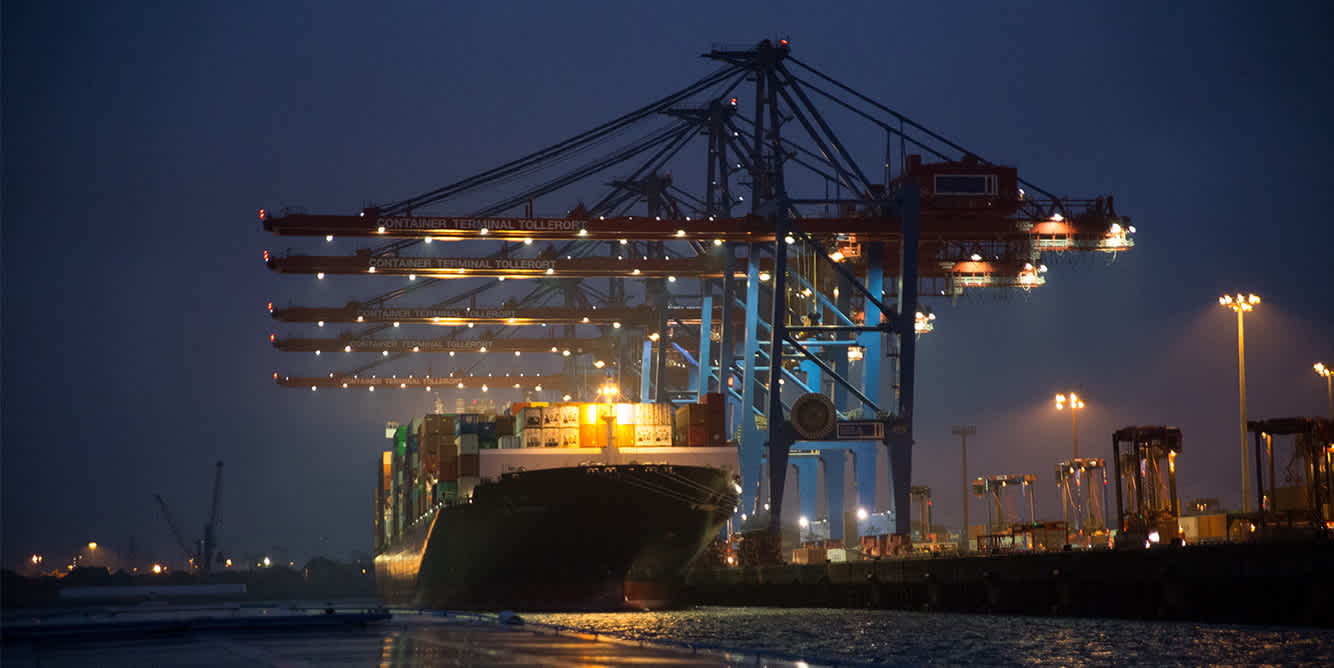
September 9, 2020
Peak Season Shipping Outlook Reflects this Year’s Freight Forwarding Volatility
Peak Season Shipping Outlook Reflects this Year’s Freight Forwarding Volatility
With the traditional peak season in progress, this year’s erratic shipping volumes highlight a freakish pattern of supply, demand, and capacity. Covid-19 has created an unprecedented scenario, featuring an artificial peak, several flat weeks, and, lately, a hint of cautious optimism. As trade presses on, shipping rates and capacity remain in flux.
Shifting Demand
In the second quarter of 2020, demand exploded for airfreight to move Covid-19 medical supplies. Meanwhile, a slew of blank sailings kept ocean rates high when shipping volumes were low.
By July, when back-to-school usually creates a mini-peak season, import volumes reflected lower demand for the usual shopping sprees. The exception was a slight increase in electronics, driven by remote learning. Device companies were able to meet rapidly shifting demand in a tenuous trade environment by relying on diverse suppliers, maintaining the right inventory levels, and, to a certain extent, forecasting on the fly.
Peak Season
Currently, container shipping to the US is on an upswing. Much of this volume is because export from origin has to occur by the end of September for goods to be available for holiday shopping. Timing is compounded by China’s Golden Week holiday closures, from October 1-7 this year.
While true peak-season shipping is underway, those who base forecasts on holidays should note some retailers are stocking more than they expect to sell this year. Covid-19 has compelled a substantial shift from brick-and-mortar to e-commerce. And, retailers want to play it safe with inventory available for either.
Additionally, some volume is a reflection of pent-up demand from when uncertainty chilled consumerism or supply was limited. People can’t socialize indoors or in groups, but they can buy bicycles for outdoor workouts or upgrade home appliances.
Capacity Outlook
Up ahead, a few major product launches—most notably, smartphones, which typically rely on airfreight—are likely to impact overall capacity. Vaccine shipments will take precedence once available, too. The foreseeable future is a carrier’s market, which underscores the need for trusted partnerships and full awareness of how to navigate RFP season.
And while electronics or pharmaceutical companies often have capacity guaranteed in advance, all companies can take cues from this year’s volatility. As trade takes the first steps towards recovery, future rates and capacity can be expected to stay in step with other demand factors, real or artificial.
To better understand the nuances of this year’s peak season, talk to a freight forwarding expert or subscribe to the Freight Market Update.



